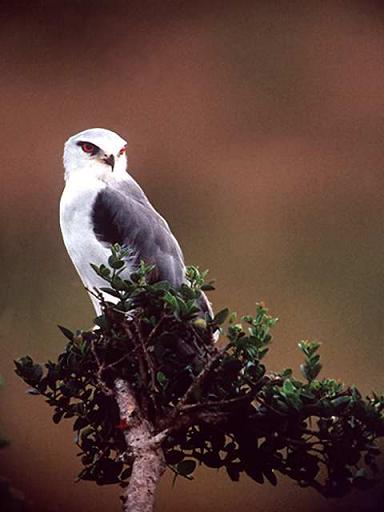
 |
|
|---|
|
ANIMAL HOMES AND COMMUNITIESAnimals' homes provide shelter from harsh weather or protection against enemies. Some animals have shelters that they use only once. Others make homes where they live for many years. However, a number of animals, such as fish that live in the ocean, spend their whole lives moving about. They never have homes. A number of animals use caves, cracks in the ground, logs, plants, or rocks as temporary shelter. Garter snakes and many insects spend the night under rocks but leave this shelter the next day to hunt for food. Some animals build their homes. Field mice collect dried grass and then construct a small nest under a protective log. Many birds and squirrels collect grass and twigs to build nests in the trees or on the ground. Gophers and moles dig burrows in the soil. 
Home ranges. Most animals live within certain areas that form their home range. An animal's home range includes all the resources an animal needs to survive. By living within a specific area, an animal can learn where best to find food or shelter there. The size of an animal's home range depends typically on the animal's size. Crickets and sea urchins have small home ranges. But elephants and lions may have home ranges that cover vast distances. Big animals require extensive home ranges to obtain the large amounts of food they need to survive. Some animals defend their home ranges from other animals. A defended home range is called a territory. The song of a warbler, the hoot of an owl, or the roar of a lion warns other animals of their kind to stay away. Some animals use chemical warnings rather than sounds to ward off invaders from their own species. Intruders can easily smell the urine of wolves and the scent marks of cats and hyenas and know that a territory is already occupied. Often the intruder leaves without a fight. Sometimes, however, fights break out over territory, resulting in injury or death. Group living. Many animals live in groups. Some groups, such as herds of elephants, remain together for many years. Others are small families that come together only during the breeding season. A mother and father bird may cooperate in raising their nestlings but may separate when the young leave the nest. Wolf packs and some other animal groups have a social order called a dominance hierarchy. In such groups, every member has a certain rank in the hierarchy. High-ranking members are called dominant individuals, and low-ranking ones are known as subordinate individuals. The dominant individuals have first choice of such resources as food and water. They also have their pick of mates.
|
|
|---|